Best Practices Articles

A Complete Guide to Partner Relationship Management (PRM) for Mid-Sized Manufacturing
Growing into a mid-sized manufacturing company, with 100 to 1,000 employees, is a remarkable achievement, but the success brings a new level of operational complexity. The very systems that propelled your growth can become overwhelmed by the intricacies of your indirect sales channels. Your network of distributors, dealers, VARs, and manufacturer's reps is no longer a simple extension of your team; it has evolved into a complex ecosystem that drives revenue and market expansion. For a VP of Channel or Strategic Planning Lead, the key question shifts from whether you can manage this ecosystem with spreadsheets to how long you can before it starts to hinder your company's growth.
This is where a strategic approach to partner relationship management (PRM) becomes the cornerstone of sustainable success. True partner relationship management is not merely a software category; it is a business discipline focused on creating a scalable, predictable, and highly efficient channel. It’s about architecting a partner program that attracts the best partners, enables them to sell effectively, and provides the data-driven insights needed to optimize performance continuously. For a mid-sized manufacturer, mastering PRM is the key to transforming your channel from a complex operational burden into your most potent competitive advantage.
This definitive guide is designed for the strategic leaders tasked with charting the course for channel growth. We will move beyond the basics to explore the strategic imperative of PRM for businesses of your size and provide a detailed roadmap of key strategies for implementing a program that not only supports but actively accelerates your company’s ambitions.
The Strategic Imperative of PRM for Mid-Sized Businesses
For a mid-sized manufacturing company, the decision to invest in a formal partner relationship management framework is not an operational upgrade; it is a strategic imperative. The market pressures, internal complexities, and growth expectations at this stage of a company's lifecycle create a unique set of challenges that can only be solved through a dedicated, strategic approach to the channel.
1. Moving Beyond the "Administrative" to the "Strategic" Channel View
In the early stages, channel management is often reactive and administrative—onboarding partners as they come, emailing price lists, and manually tracking sales. At the mid-market level, this approach fails. Your channel must become a strategic function of the business. This requires:
- Data-Driven Decision Making: You can no longer rely on anecdotal evidence to know who your best partners are. You need hard data on everything from lead conversion rates and training certifications to marketing fund ROI. A PRM platform provides a centralized data repository and the analytics tools to turn that data into actionable insights.
- Proactive Performance Management: Instead of waiting for a quarterly sales report to see who is underperforming, a PRM allows you to monitor leading indicators of performance in real-time. You can identify partners who are disengaged, struggling with training, or failing to follow up on leads, and intervene proactively.
- Scalable Program Management: A strategic channel view involves creating tiered partner programs with specific requirements and benefits. A PRM automates the management of these tiers, ensuring a consistent and fair experience as you scale from 50 partners to 500.
2. The Partner Experience as a Competitive Differentiator
In a crowded manufacturing landscape, partners have a choice. The quality of your product is only one part of their decision-making process. The other critical component is the "ease of doing business." A cumbersome, manual, and frustrating partner experience will lead your best partners to gravitate toward competitors who make their lives easier. A world-class PRM strategy allows you to compete and win on the partner experience by providing:
- A Single Source of Truth: A professional, 24/7 partner portal where they can instantly access everything they need—product specs, price lists, marketing assets, training modules, and lead information.
- Frictionless Collaboration: Streamlined, automated workflows for core processes like deal registration, lead acceptance, and MDF claims. This removes administrative friction and allows partners to focus on what they do best: selling.
- Value-Added Enablement: Tools that go beyond the basics to actively help partners grow their business, such as co-brandable marketing campaigns, automated lead nurturing, and business planning tools.
3. Integration is No Longer Optional
A mid-sized business runs on a core set of enterprise applications, primarily an ERP for operations and a CRM for direct sales. A channel management system that operates in a silo creates massive inefficiencies and data integrity issues. It is strategically imperative that your PRM platform integrates seamlessly into this technology stack. This creates a unified data flow that enables:
- A 360-Degree View of the Business: When your PRM and CRM are integrated, leadership can see the entire sales pipeline—both direct and indirect—in one place for accurate forecasting.
- Operational Efficiency: Integrating your PRM with your ERP allows partners to see real-time inventory, access partner-specific pricing, and even place orders directly, automating the entire quote-to-cash process.
- ROI Justification: An integrated system is the only way to accurately track the true ROI of your channel efforts. For a detailed breakdown, it's essential to understand the complete ROI justification for manufacturing PRM.
4. The Need for Scalable Channel Management
The very definition of a mid-sized business is one that is in a state of growth. Your channel strategy and the systems that support it must be designed for what's next. A scalable channel management framework, supported by a flexible PRM platform, is essential to:
- Support Geographic Expansion: Easily launch your partner program in new regions or countries with localized content, currency, and language support.
- Diversify Your Channel: Quickly onboard and manage new types of partners (e.g., system integrators, consultants) with unique program requirements.
- Absorb Mergers & Acquisitions: If your company acquires another, a scalable PRM can significantly accelerate the process of integrating the new company's channel partners into your own program.
For the strategic planning lead, a PRM investment is not a cost center. It is a foundational platform for de-risking future growth and ensuring the channel can scale at the same pace as the rest of the business.
Key Strategies for PRM Success in Mid-Sized Manufacturing
Implementing a PRM platform is just the beginning. To truly unlock the strategic value of partner relationship management, you must adopt a series of best-practice strategies that align your people, processes, and technology toward a common goal of channel excellence.
Strategy 1: Architect a Tiered and Motivating Partner Program
A one-size-fits-all approach to your partners will limit your success. A tiered program is the most effective way to motivate performance and allocate your resources efficiently.
- Define Meaningful Tiers: Create distinct tiers (e.g., Platinum, Gold, Silver, Authorized) with clear, published criteria for entry and advancement. These criteria should be a mix of lagging indicators (revenue) and leading indicators (number of certified technicians, marketing engagement, business plan commitment).
- Align Benefits to Tiers: The benefits for each tier must be valuable and motivating. Higher tiers should receive progressively better rewards, such as higher margins, priority lead distribution, dedicated channel manager support, and greater access to MDF.
- Automate Program Management: Use your PRM platform to automate the tracking of partner performance against tier requirements. The system should be able to automatically upgrade (or downgrade) partners based on predefined rules, ensuring the program is administered fairly and consistently without manual overhead.
Strategy 2: Embrace Data-Driven Performance Optimization
Your PRM platform will generate a massive amount of valuable data. The key is to turn this data into a continuous improvement loop.
- Establish Key Performance Indicators (KPIs): Define the KPIs that matter most for your business. This should include:
- Partner Engagement: Portal logins, content downloads, training completions.
- Sales Effectiveness: Lead acceptance rates, lead conversion rates, deal size, sales cycle length.
- Pipeline Health: Number of registered deals, total pipeline value, pipeline velocity.
- Marketing ROI: MDF utilization, campaign attribution, cost per lead.
- Implement Partner Scorecards: Use your PRM to create dynamic scorecards for each partner. This provides both your channel managers and the partners themselves with a clear, at-a-glance view of their performance against their goals.
- Conduct Quarterly Business Reviews (QBRs): Use the data from your PRM to drive strategic, data-rich QBRs with your key partners. Move the conversation away from "how did the quarter go?" to "what does the data tell us about how we can grow the next quarter together?"
Strategy 3: Drive Adoption Through Enablement and Engagement
The best PRM platform in the world will fail if your partners don't use it. Driving adoption requires a strategic focus on making the platform the indispensable hub of their relationship with you.
- Streamline Onboarding: Your PRM should orchestrate a flawless onboarding experience that quickly moves a new partner from contract signature to their first sale. Create automated onboarding tracks with checklists, introductory training, and system tutorials.
- Provide Continuous Learning: Use the PRM's Learning Management System (LMS) to offer a rich catalog of training content, from product installation videos to advanced sales methodology courses. Use certifications to create clear development paths for partner staff.
- Enable Co-Marketing at Scale: The most valuable feature for many partners is marketing support. Use your PRM's Through-Channel Marketing Automation (TCMA) capabilities to provide "campaigns-in-a-box" that partners can execute with a few clicks. This gives them professional marketing power they couldn't afford on their own and gives you brand control. A key part of this is optimizing MDF split and utilization to ensure funds are tied to measurable activities.
Strategy 4: Weave the PRM into Your Core Business Rhythm
To maximize its value, your PRM cannot be an island. It must be deeply integrated into the daily operations and strategic planning of your entire organization.
- Achieve a Unified Funnel with CRM Integration: Ensure a seamless, bi-directional sync between your PRM and CRM. This allows leads to flow effortlessly to partners and provides your executive team with a single, consolidated view of the entire company sales forecast.
- Automate Operations with ERP Integration: Connect your PRM to your ERP to automate the quote-to-cash cycle. This allows partners to generate quotes with accurate, real-time pricing and inventory data, dramatically reducing manual errors and administrative delays.
- Involve Other Departments: Make PRM data accessible and relevant to other teams. The marketing team can use channel data to refine campaigns. The product team can get direct feedback from partners on product performance and feature requests. Finance can use it to streamline commission and rebate payments.
By pursuing these strategies, a mid-sized manufacturer can transform its channel from a loosely managed sales outlet into a highly structured, data-driven, and scalable revenue machine. The PRM platform becomes the central nervous system enabling this transformation.
Ready to build a channel that can power your company's future?
Frequently Asked Questions (FAQ)
- Our primary goal is scaling our partner program. How does a PRM specifically help with that?
A PRM platform is the core engine for scalable channel management. It helps you scale in three ways:
- Automation: It automates repetitive, administrative tasks (like onboarding, lead routing, and reporting) which allows a small channel team to manage a much larger number of partners effectively.
- Consistency: It ensures every partner, regardless of location or size, gets a consistent experience and access to the same resources, which is impossible to manage manually at scale.
- Self-Service: It empowers partners to self-serve for most of their needs (finding content, checking lead status, logging claims), reducing their dependency on your internal team.
- As a strategic planner, how can I build a business case to justify the investment in a PRM platform?
A strong business case for PRM should focus on three areas:
- Revenue Growth: Model the impact of faster lead follow-up, improved partner training, and higher deal registration on channel sales. (e.g., "A 5% increase in partner conversion rates will result in $X of new revenue.")
- Efficiency Gains: Quantify the time saved by your channel team by automating manual tasks. Convert those hours into FTE cost savings that can be reallocated to more strategic activities.
- Risk Reduction: Highlight the risks of the current system, such as lack of pipeline visibility leading to poor forecasting, potential channel conflict from manual lead tracking, and partner churn due to a poor experience.
- What is the difference between PRM and a Partner Portal?
A Partner Portal is just one feature of a comprehensive PRM platform. The portal is the user interface—the website that partners log into. The PRM is the entire backend engine that powers the portal and automates all the channel business processes. A simple portal might just be a document library, whereas a full PRM platform includes a CRM for partners, a marketing automation engine, a learning management system, an analytics engine, and more.
- How should we handle change management when rolling out a new PRM to our partners?
Effective change management is critical. The key is to relentlessly communicate the "What's In It For Me?" (WIIFM) for the partners. Your communication plan should emphasize the benefits to them: faster and more qualified leads, easier access to marketing funds, 24/7 access to information, and a more streamlined sales process. Start with a pilot program involving your most influential partners to create internal champions before rolling it out to the entire network.
- Can a PRM platform help us manage a multi-tier distribution network where we don't have a direct relationship with the downstream reseller?
Yes, a sophisticated PRM can. It can be configured to manage multi-tier relationships by allowing distributors to register their downstream resellers. The PRM can then provide tools for distributors to pass leads to their resellers and can capture point-of-sale (POS) data from the distributor to provide you with visibility into which end customers are buying and which resellers are performing, even two or three tiers down the chain.
Best Practices Guidebook
 Definitive Guide to a Partner Ecosystem-First Sales Strategy
Definitive Guide to a Partner Ecosystem-First Sales StrategyDownload for FREE
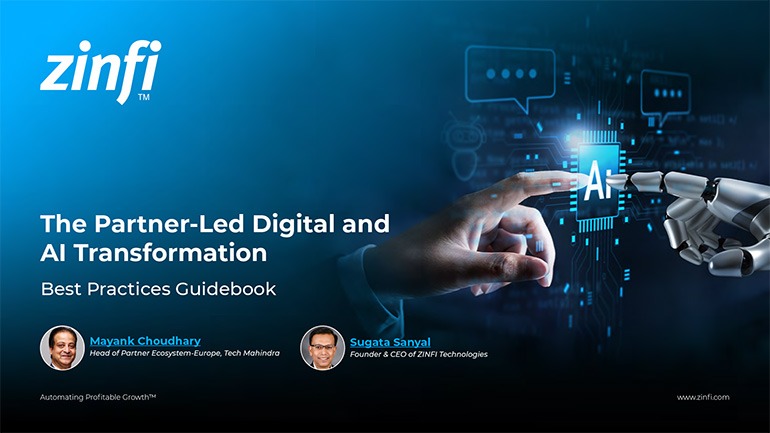 The Partner-Led Digital and AI Transformation Best Practices
The Partner-Led Digital and AI Transformation Best PracticesDownload for FREE
 Startup Talent Recruitment: Hiring Missionaries, Not Mercenaries
Startup Talent Recruitment: Hiring Missionaries, Not MercenariesDownload for FREE
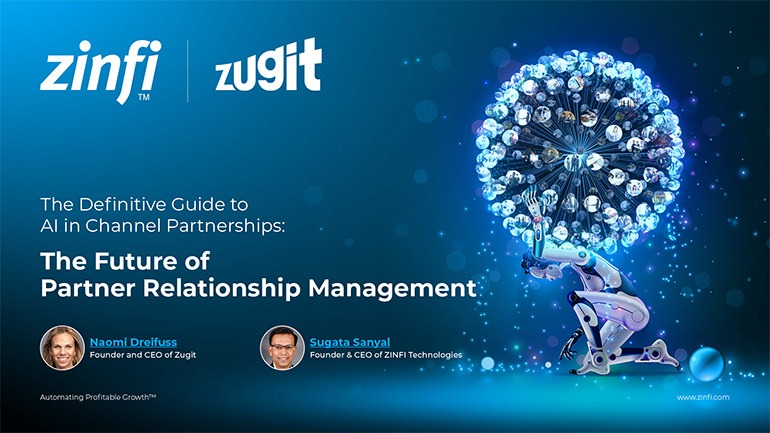 The Future of Partner Relationship Management with AI in Partnerships
The Future of Partner Relationship Management with AI in PartnershipsDownload for FREE
 Cybersecurity for the 99%: Strategies from the Frontline
Cybersecurity for the 99%: Strategies from the FrontlineDownload for FREE
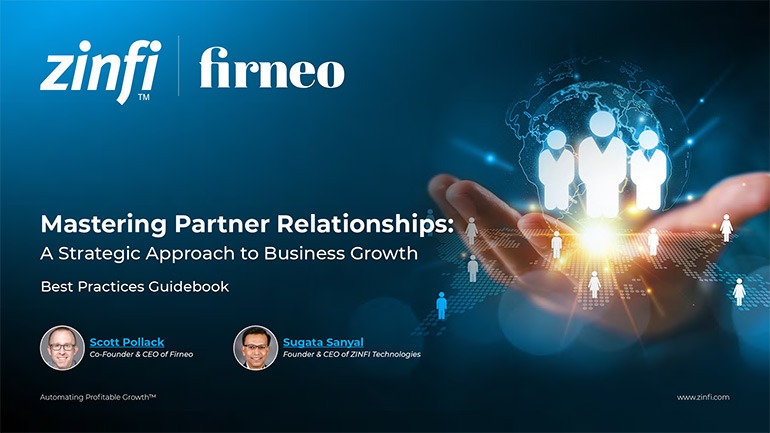 Mastering Partner Relationships: A Strategic Approach to Business Growth
Mastering Partner Relationships: A Strategic Approach to Business GrowthDownload for FREE
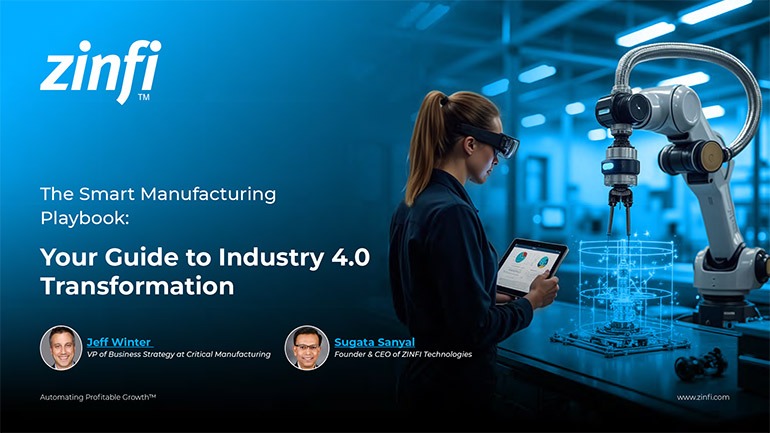 The Smart Manufacturing Playbook: Industry 4.0 Transformation
The Smart Manufacturing Playbook: Industry 4.0 TransformationDownload for FREE
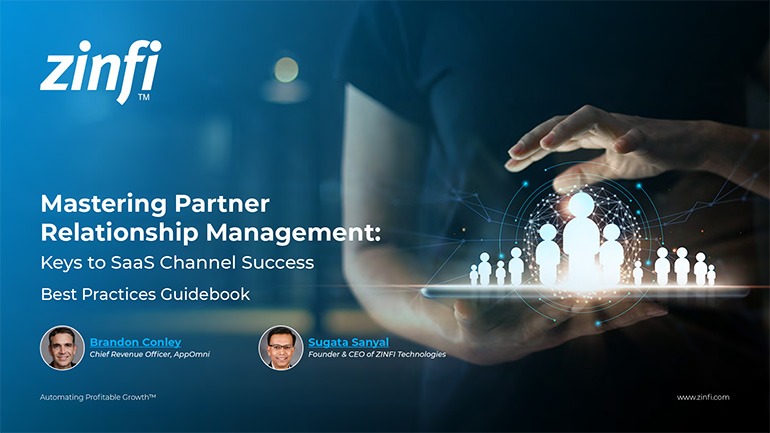 Mastering Partner Relationship Management: Keys to SaaS Channel Success
Mastering Partner Relationship Management: Keys to SaaS Channel SuccessDownload for FREE
 Navigating the AI Revolution: Guide for Partners in the Microsoft Ecosystem
Navigating the AI Revolution: Guide for Partners in the Microsoft EcosystemDownload for FREE
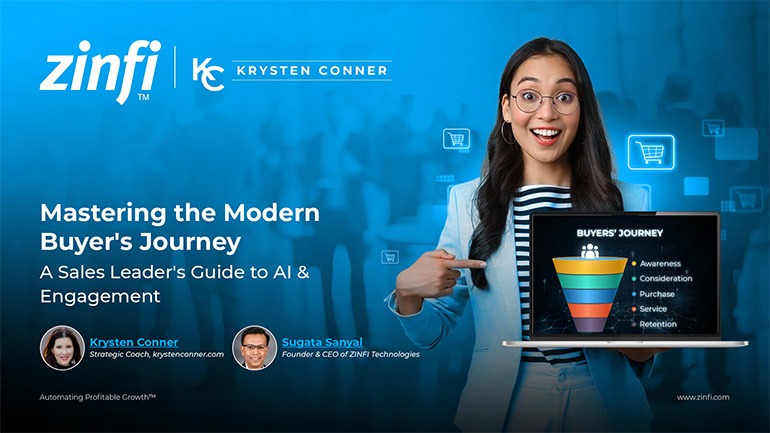 Mastering the Modern Buyers Journey: Sales Leader’s Guide to AI & Engagement
Mastering the Modern Buyers Journey: Sales Leader’s Guide to AI & EngagementDownload for FREE
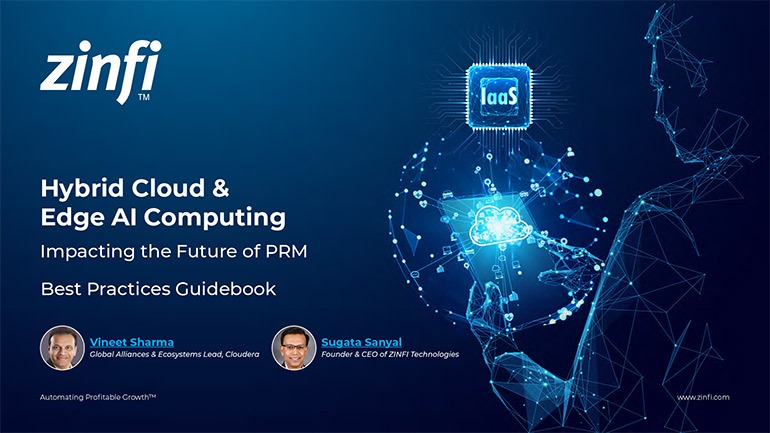 Hybrid Cloud and Edge AI Computing Impacting the Future of PRM
Hybrid Cloud and Edge AI Computing Impacting the Future of PRMDownload for FREE
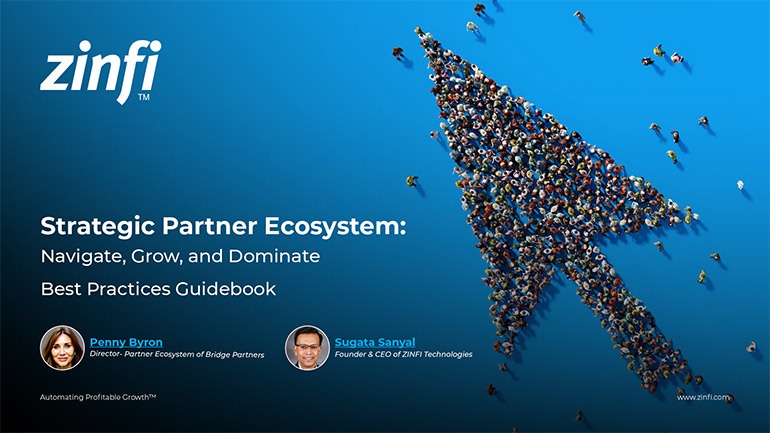 Strategic Partner Ecosystem: Navigate, Grow, and Dominate
Strategic Partner Ecosystem: Navigate, Grow, and DominateDownload for FREE
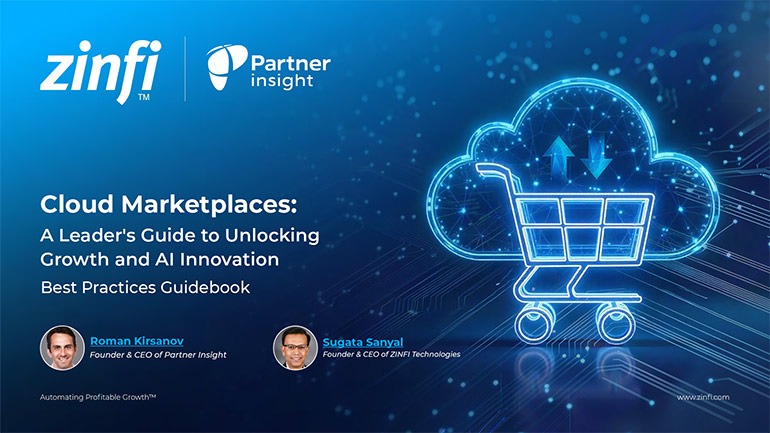 Cloud Marketplaces: Leader’s Guide to Unlocking Growth and AI Innovation
Cloud Marketplaces: Leader’s Guide to Unlocking Growth and AI InnovationDownload for FREE
 Getting More From Partner Performance: Guide to Measuring What Matters
Getting More From Partner Performance: Guide to Measuring What MattersDownload for FREE
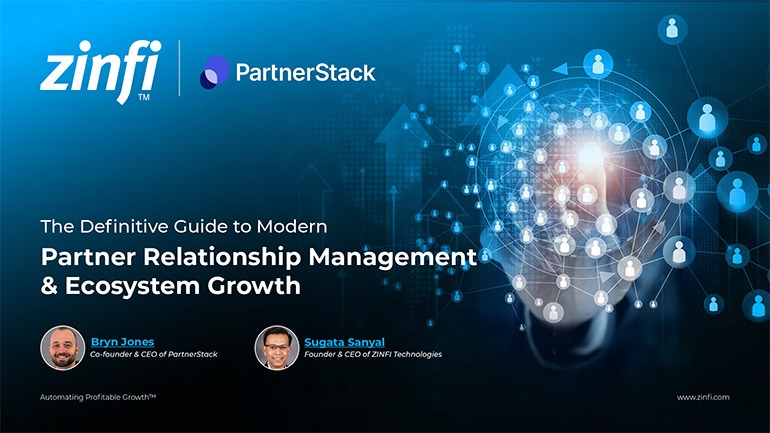 Guide to Modern Partner Relationship Management & Ecosystem Growth
Guide to Modern Partner Relationship Management & Ecosystem GrowthDownload for FREE
 Debunking the Entrepreneurship Myth Best Practices
Debunking the Entrepreneurship Myth Best PracticesDownload for FREE
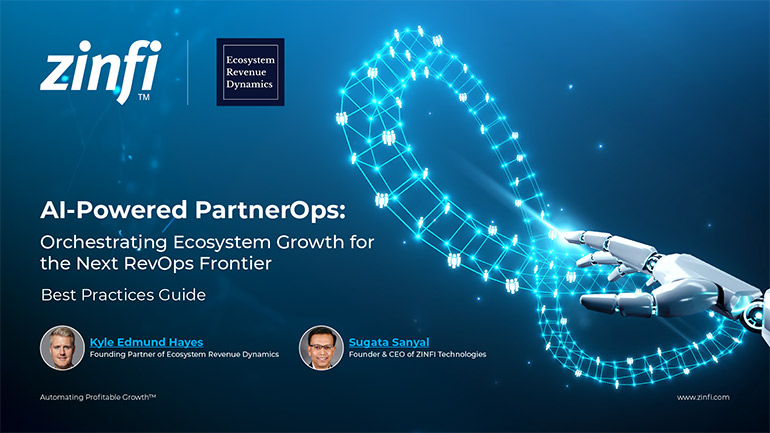 AI-Powered PartnerOps: The Next RevOps Frontier Best Practices
AI-Powered PartnerOps: The Next RevOps Frontier Best PracticesDownload for FREE







